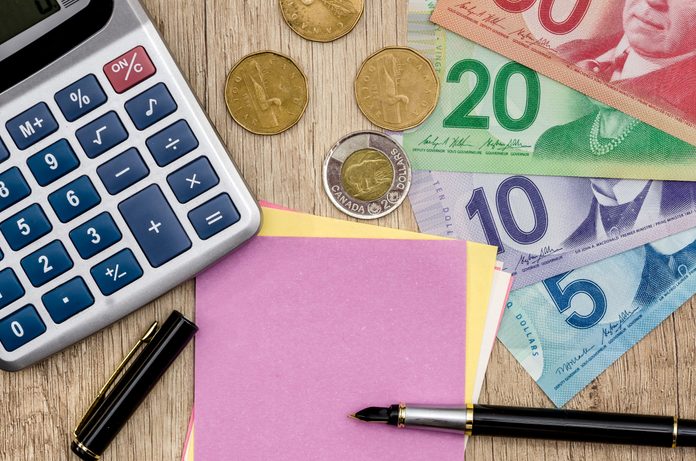How to Use Design Thinking to Revamp Your Finances

An expert shares five steps that will help you make the best financial choices for your future.
One of the most disappointing things about finances — and life in general, for that matter — is the uncertainty and complexity you have to deal with. It would all be so much easier if you had a clear grasp on what is going to happen next.
But despite that uncertainty, everyone moves forward in areas like our careers and relationships, because you have to if you’re going to meet your goals. It’s no different when it comes to finances — yet people commonly avoid paying attention to them.
And this pandemic has likely made it feel even more impossible to make any headway in the already frustrating and complex world of money. You may have lost your job or your business, or kept it but needed to learn a new way of operating. Your stress level has likely risen, because this pandemic has been weird and frightening. Your family responsibilities may have become heavier. The number of decisions you have to make with brand new information definitely increased exponentially.
(Related: I Had $1.11 in Savings. Here’s How I Improved My Relationship With Money)
Whether your cash flow significantly increased or decreased, your life got tougher. If you weren’t already a personal finance expert, you had to become one because thinking about money got harder. But the issues aren’t going to go away. So how do you move forward?
The answer lies in creating a great decision-making structure that takes into account where you are right now, what you know and the fact that there are some things you simply can’t predict.
I’m a huge fan of the design thinking process, an approach used for practical and creative problem solving, which I believe can also help you deal with the inevitable complexity of personal finances. Design thinking breaks down any issue you’re dealing with into steps that give you the room to focus on what is important to you so you can make great decisions about your future.
There are five steps to the process. Tackle them in order, one at a time.
(Related: The Conversations You Need to Have About Your Finances, After Covid)
Empathize
With money? No, money doesn’t need your empathy — but you do. Empathy, in this case, is about taking the time to truly understand who you are and what you value. You are a constant work in progress, as we all are. You are learning, adapting and developing. Taking this time to reflect will allow you to adjust and tweak your decisions so they meet you exactly where you are right now.
Define
Defining in this case simply means deciding the overall outcomes you want. This can be incredibly tough, but go back to the information you gathered at the empathizing stage, and start defining the key elements of what you want to achieve with your finances. Is retiring at a certain age a priority? Buying a forever home or a cottage? Helping with your kids’ education? What about your own values, which you’ve already spent time thinking about, are they connected with these goals? Why are they important to you?
Ideate
You’ve figured out what gives you purpose and happiness. You’ve got at least a sketch of what you want out of your life (not your money). Now is the time to ask, And how would my money work to support that?
This is when you might start looking at options. Maybe you want to invest for the long term or save for the short term. Maybe you want to pay down some debt, because doing that will free up the cash flow you need to feel a little more secure and work toward some other goals. You may want to work with your spouse, friends, family or a finance professional to really get a good grasp on what kinds of ideas might work for you.
Prototype
Now that you have a few options, it’s time to test them. You might use a debt calculator, retirement calculator, or a budgeting or cash flow spreadsheet or app, or work with a financial planner to create thorough projections.
Test
With some ideas about potential outcomes, it’s time to choose the one or two that seem like they can take you where you want to be. You might start making those additional debt payments, contributing to your RRSP or trying a new cash flow strategy. Remember that you’re not married to this just yet — it’s still in the test phase. Try it out. Book some time to see how it worked so you can tweak or change it early enough that anything going sideways can be fixed.
Design thinking is a great tool for your personal finances because your personal finances are all about you, your life and your version of success. When you’re armed with the skills to make great decisions, you’ll be able to stay your course, even when the world around you plunges wildly into the unknown.
Julia Chung is CEO of Spring Plans, an advice-only financial planning firm; vice-president of the Financial Planning Association of Canada; a board director at the Family Enterprise Xchange; and a mentor with SFU’s Young Women in Business.
Next: How to Feel Better About Your Financial Situation, According to an Expert




